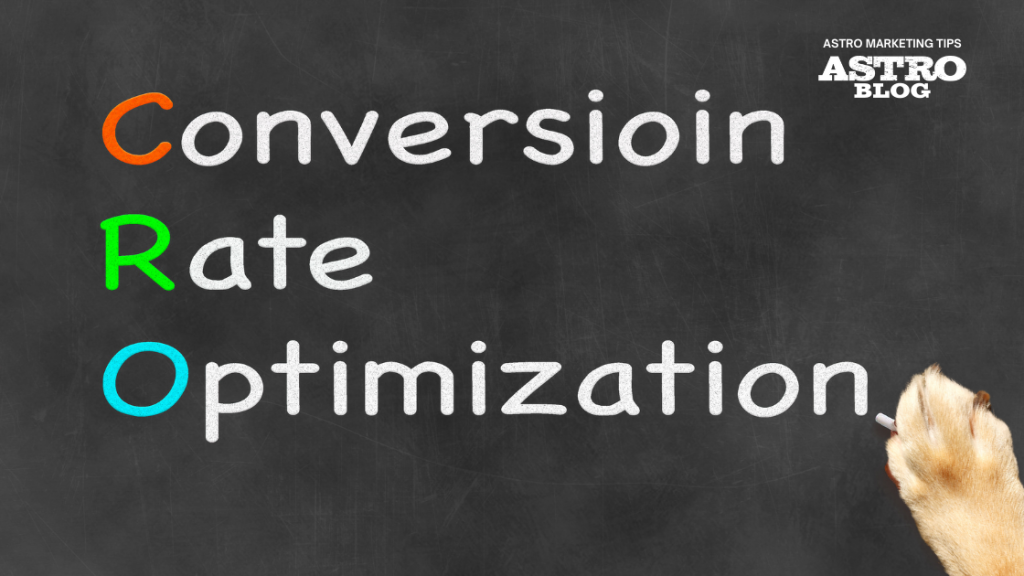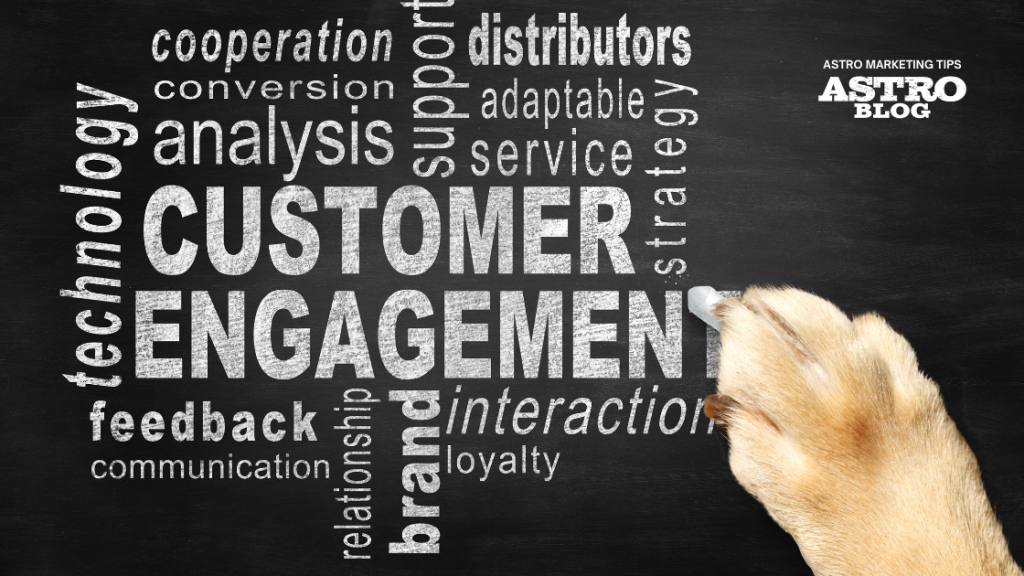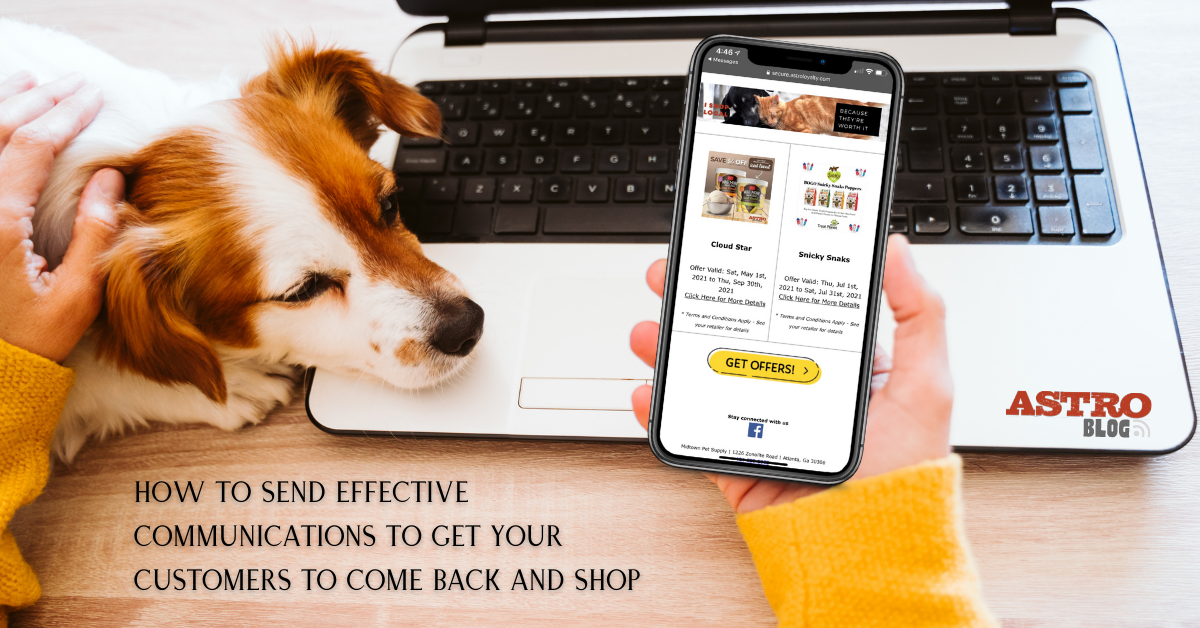Effective marketing strategies are essential for any pet retail business to thrive. For both local pet supply stores and online pet retailers, understanding the metrics that drive your marketing efforts is critical for measuring sustainable growth and success. By tracking and analyzing key metrics, you can refine your strategies, allocate your resources effectively, and enhance your company’s bottom line.
Let’s take a moment to explore some of the key metrics that pet store owners should focus on in order to evaluate the effectiveness of their marketing efforts.
Customer Acquisition Costs

Customer acquisition cost (or CAC) refers to the amount of money that a business spends on gaining a new customer. When it comes to pet retail marketing, this cost can include expenses related to advertising, promotions, and various elements of marketing campaigns. Calculating a business’s CAC allows owners to assess the effectiveness of their marketing efforts. This helps determine whether customer acquisition strategies are cost-effective. Ideally, business owners should try to keep their CAC lower than the average lifetime value of a customer, as this helps ensure profitability.
Conversion Rates

Conversion rates measure the percentage of website visitors or potential customers who participate in a desired action. This includes making a purchase, signing up for a newsletter, or filling out a contact form. For stores selling pet supplies, monitoring conversion rates can help the team evaluate the effectiveness of their website design, the products and services offered, and marketing messages. By keeping an eye on conversion rates and optimizing them whenever possible, owners can identify areas for improvement and enhance the overall performance of online marketing tactics.
Customer Lifetime Value

Customer lifetime value (or LTV) represents the total income that a customer is predicted to generate over the duration of their relationship with a specific pet shop. Calculating a company’s customer LTV can make it easier for business leaders to understand the long-term value of their customer base. This way, they can tailor their marketing strategies according to their target audience’s needs. For pet supply companies, focusing on customer retention efforts and loyalty program success can help increase LTV and maximize the brand’s profitability.
Return on Investment

A company’s return on investment (or ROI) measures the profitability of its marketing campaigns by comparing the amount of revenue the campaign generated against the cost of running the campaign. By carefully analyzing ROI, business leaders can determine which marketing channels and techniques are delivering the highest return on investment. These insights make it easier to allocate the company’s marketing budget accordingly. Whether it’s social media advertising, email marketing, or having influencers highlight popular pet products, identifying the brand’s most effective channels will enable marketers to optimize strategies and drive better results.
Customer Engagement Metrics

On top of using quantitative measurements like CAC and ROI, it’s important to track qualitative metrics as well, such as those related to customer engagement and satisfaction. This can include customer feedback, reviews, and audience interactions on social media platforms. By listening to customers and understanding their needs and preferences, business leaders can adjust their team’s marketing efforts to provide more personalized experiences. In addition, showing customer bases that they’re understood and appreciated helps improve brand loyalty, and, by extension, increase sales.
Churn Rates

A brand’s customer churn rate tracks the percentage of customers who stop purchasing from the business within a certain period of time. While attracting new customers is important, nurturing a company’s existing audience is also a must. By monitoring churn rates, marketing teams can pinpoint potential issues or sources of dissatisfaction among current customers and develop strategies to improve customer retention. Fixing problems like this can involve offering personalized product discounts, providing exceptional customer support, or generally enhancing a customer’s shopping experience.
Average Order Value

Average order value (or AOV) refers to the average amount of money a customer spends on a given transaction. Keeping track of a company’s AOV can help pet retailers understand purchasing patterns, which can make it easier to identify opportunities to increase revenue. By encouraging customers to add more items to their carts or offering bundled deals and promotions (such as pet food discounts), pet-related businesses can boost AOV and generate greater value with each transaction.
When it comes to pet retail businesses, success relies on a brand’s ability to effectively market products and services to the right groups of people. As a business leader, focusing on key metrics like customer acquisition costs and conversion rates, you and your marketing team can gain valuable insights into the effectiveness of your company’s marketing efforts. This way, you can make data-driven choices that drive profitability and grow your pet business.
Behold the Power of Astro Offers!

🎉 The Power of Black Friday and Small Business Saturday Continues! 🎉
This year’s Black Friday and Small Business Saturday wasn’t just about amazing deals but about creating lasting connections between brands, retailers, and pet owners.
🌟 During the weekend, nearly 45,000 pet owners discovered new brands, driving an impressive 3x growth in product discovery.
🌟 In only a few weeks, these customers have returned to purchase nearly $2 MILLION more of the brand’s products they tried! 🐾💰
This success wouldn’t have been possible without the incredible brands partnered with Astro to create impactful promotions. Thank you for trusting us to help your programs succeed!
A special shoutout to Astro Analytics, which empowers our vendor partners to uncover insights like these. Nowhere else can brands gain such clear visibility into how their programs drive trials and create repeat customers and long-term loyalty.
Astro’s tools and the dedication of local pet shops continue redefining what’s possible in the pet retail space. Let’s keep building programs that bring in new customers and keep them returning for more!
~ Jimmy Haverstick, President, Astro Loyalty
Recent Posts
- Key Metrics for Evaluating Your Pet Retail Marketing Efforts
- Creating a Seamless Online Shopping Experience for Your Local Pet Store
- Crafting the Perfect In-Store Experience: Merchandising Tips for Independent Pet Stores
- Preparing for the Holiday Rush: Stocking the Right Pet Products
- Why a Pet Store Loyalty Program is Worth It













